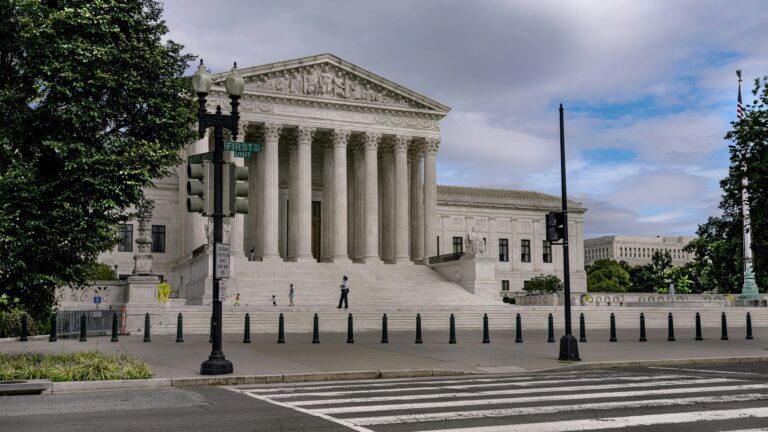In a landmark ruling that reshapes the contours of presidential power, the U.S. Supreme Court has granted former President Donald Trump partial immunity in a case centered on his attempts to challenge the results of the 2020 presidential election. Decided with a 6–3 vote, the ruling is a significant moment in the ongoing national debate regarding the balance between presidential authority and legal responsibility.
Background of the Case
The case, Trump v. United States, revolves around allegations that former President Trump sought to interfere with the electoral process following his defeat in the 2020 election. Prosecutors claim that Trump pressured state officials to overturn or decertify certified election results, actions they argue were intended to secure his personal political objectives at the expense of the democratic process.
The core issue before the Court was whether actions taken by a president, such as the alleged attempts to influence the election outcome, should be shielded from legal accountability. The ruling clarified that while a sitting president enjoys absolute immunity from criminal prosecution for acts carried out as part of their official duties, this immunity is not all-encompassing. The justices made a distinction between actions directly related to constitutional duties and those that are personal or political in nature.
Key Takeaways from the Ruling
The Supreme Court’s decision granted partial immunity to President Trump, protecting actions tied directly to the execution of his duties. However, it stopped short of providing blanket immunity, allowing for scrutiny of presidential conduct that falls outside the scope of official responsibilities. The ruling suggests that while presidents may be shielded from prosecution for actions taken in the course of fulfilling their constitutional duties, personal or political acts could still face legal examination.
This nuanced approach is seen as an attempt to preserve the effective functioning of the executive branch while ensuring that presidential power does not go unchecked. By sending the case back to the lower courts, the Supreme Court has effectively deferred judgment on whether Trump’s alleged actions, such as pressuring election officials and advocating for alternative slates of electors, were part of his presidential duties or personal political efforts.
Reactions from Experts
Legal experts have responded to the decision with a mixture of caution and concern. Emily Thompson, a constitutional law professor at the University of California, noted, “This ruling highlights the fragile balance between holding a president accountable for unlawful actions and safeguarding the principle of separation of powers.” Thompson emphasized that the ruling may serve as a critical precedent for future cases involving executive immunity.
Critics argue that the ruling could enable future presidents to exploit the immunity doctrine, shielding themselves from legal scrutiny even in cases where their actions fall into legal gray areas. Conversely, supporters of the ruling believe it strikes the right balance by preventing politically motivated prosecutions of sitting or former presidents, ensuring that presidential duties remain protected from undue interference.
What Lies Ahead
With the case now returning to lower courts, legal proceedings will delve into a more granular analysis of Trump’s actions to determine which, if any, can be prosecuted. The case could set further precedents regarding the scope of presidential accountability, particularly when actions taken by a president are politically charged.
While the Supreme Court’s decision does not offer a definitive solution to the broader issue of presidential immunity, it marks an essential step in a long-running legal debate. As the legal and political environment continues to evolve, this ruling will likely influence how future presidents are investigated and held accountable for actions taken during their time in office. Ultimately, the balance between executive power and legal responsibility remains a subject of ongoing contention, and this ruling has shifted that balance in favor of protecting presidential authority for now.


